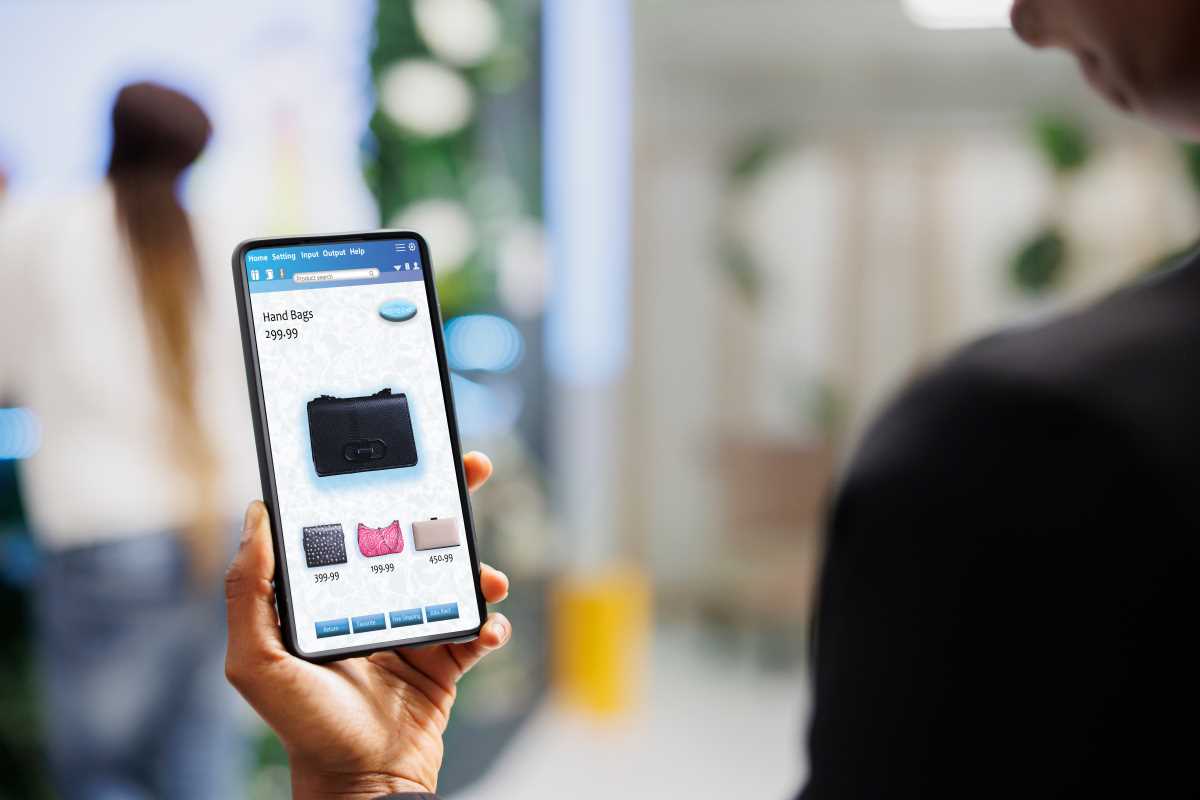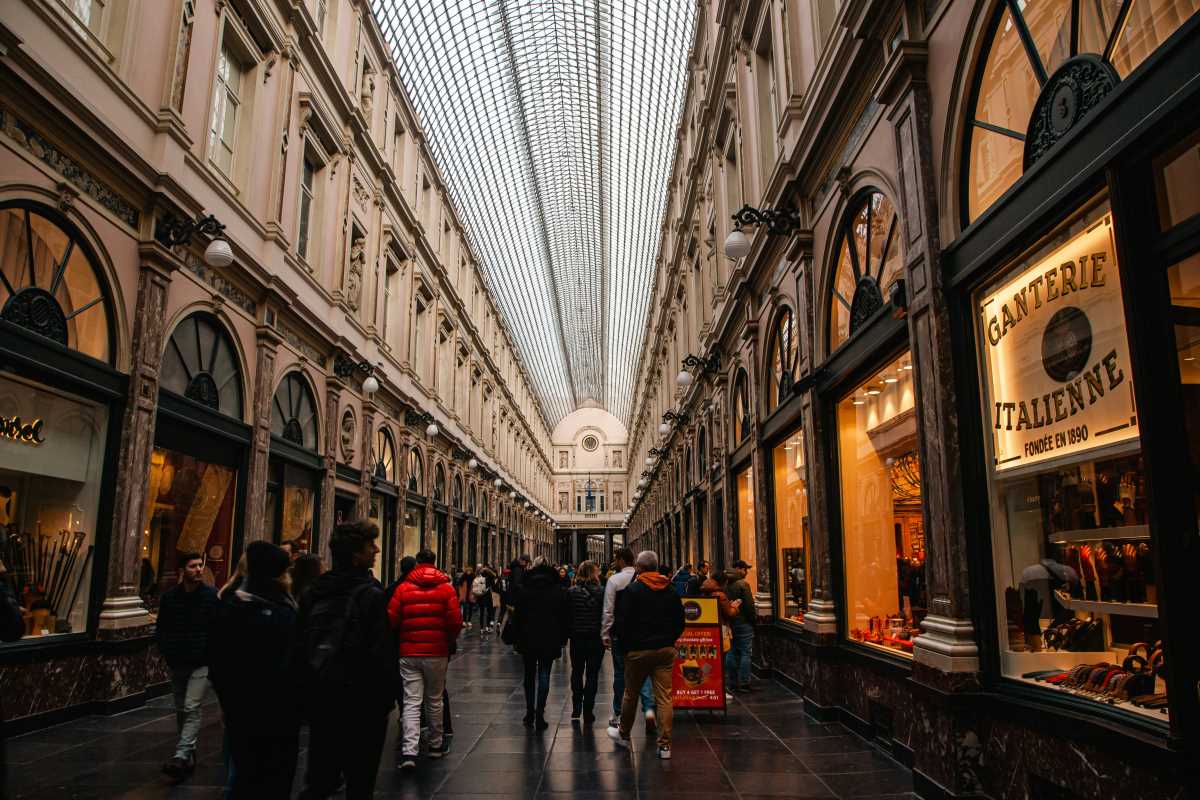Selecting a subscription box for everyday essentials can bring a sense of excitement to your routine. Signing up for a service that values sustainability offers more than just effortless deliveries—it allows you to support eco-friendly choices with each order. Many people now seek out companies that use compostable or reusable packaging, partner with responsible producers, and avoid unnecessary waste. This guide will help you find a delivery plan that aligns with your personal habits, financial needs, and commitment to a greener lifestyle, making the whole process both practical and satisfying.
Eager to find a service that responds to your needs, you examine everything from shipping practices to refill options. You might discover brands replacing single-use plastics with innovative compostable wraps or companies sourcing products from small farms using regenerative agriculture. A thoughtful choice today can spark a ripple effect, encouraging more companies to move away from throwaway culture.
What Are Eco-Friendly Subscription Services
These subscription services deliver everyday essentials—cleaning supplies, personal care, pantry staples—right to your door on a predictable schedule. Instead of rushing to the store and grabbing whatever’s on the shelf, you select products that meet sustainability criteria. That way, you reduce impulse buys of items wrapped in plastic or shipped from halfway around the world.
Most eco-friendly options emphasize one or more of these approaches: zero-waste packaging, biodegradable materials, or ethically sourced ingredients. Some services refill durable containers you already own. Others offer pre-measured tablets or concentrates to cut down on shipping weight and volume. Either way, they aim to shrink your carbon footprint with every delivery.
Key Criteria for Selection
- Packaging materials and waste: Look for kraft boxes, compostable mailers, or reusable pouches. Companies that accept returns for cleaning and reuse extend the zero-waste concept further.
- Ingredient sourcing and transparency: Choose services that list where each ingredient comes from. Fair-trade, organic, or regionally sourced items often have a smaller ecological footprint.
- Refill or concentrate options: Systems selling concentrated pods or refills for your own containers cut down on plastic production and reduce shipping emissions.
- Delivery frequency and flexibility: Make sure you can pause, skip, or adjust your order without penalty. That prevents overstocking and eventual waste.
- Supporting local or small-batch producers: Supporting regional makers keeps shipping distances short and nurtures community businesses rather than mass-produced goods shipped across continents.
Top Eco-Friendly Subscription Options
- The Honest Company cleaning bundles: They send biodegradable wipes, plant-based detergents, and reusable cloths. The packaging is minimal, and every kit arrives in a recycled box.
- Blueland cleaning tablets: Blueland’s dissolvable tabs come in compostable mailers. You just fill a reusable bottle with water, drop in a tablet, and you’re set—no plastic bottles to toss.
- EcoRoots personal care set: Gummies for skin, shampoo bars, natural deodorant in aluminum tubes, and bamboo toothbrushes arrive on your porch every month. They wrap each item in a paper sticker to keep it in place.
- Subscription boxes: A boxed self-care line that swaps plastic for compostable sachets filled with botanical-infused products from ethical farms.
Cost vs Sustainability Trade-offs
Eco-friendly subscriptions sometimes cost more than mass-market alternatives, but direct comparisons don’t always tell the full story. If you calculate the long-term savings from reduced waste disposal, fewer single-use purchases, and the health benefits of cleaner ingredients, the gap often narrows.
Think of it this way: you might spend $15 for a refill pouch that stretches across five uses instead of $5 for a single-use plastic bottle. That’s a bigger upfront cost, yet each pouch replaces several bottles. You save space in your trash bin and reduce landfill contribution. The key is to measure cost per use rather than price per item.
How to Personalize Your Subscription
To avoid unwanted extras, start by choosing only what you really need. Many services let you build your own box rather than sending preselected items. That flexibility means you won’t end up with freebies wrapped in plastic that you’ll toss later.
Use these tactics:
- Adjust delivery frequency to match household use. Skip months when you already have enough stock.
- Swap items in and out. If you like switching scents or trying new formulas, pick a plan that lets you trade an item without extra fees.
- Share a box with a neighbor or family member. Splitting orders lowers per-person costs and boosts sustainable choices.
Maintaining Sustainability Over Time
Consistency matters more than perfection. Keep track of how quickly you use products and adjust your plan accordingly. Too much clutter causes you to forget half-used bottles in a cabinet; too little supply forces you to buy a quick plastic-wrapped alternative at the last minute.
Recycle or compost packaging as soon as boxes arrive to prevent scraps from piling up. If a provider struggles with logistics, tell them—customer feedback often prompts improvements. Over time, you’ll discover which brands offer reliable refills, on-time deliveries, and genuine eco-credentials.
Tracking your progress can feel satisfying. You could mark each delivery on a calendar and see waste reduction add up. Spot trends in your usage, and adjust quantities. This personalized data not only saves money but also provides a clear view of your environmental impact.
Choose a green subscription with strong eco-claims and customize delivery to your routine. This reduces waste, supports ethical producers, and simplifies your life.
 (Image via
(Image via





.jpg)